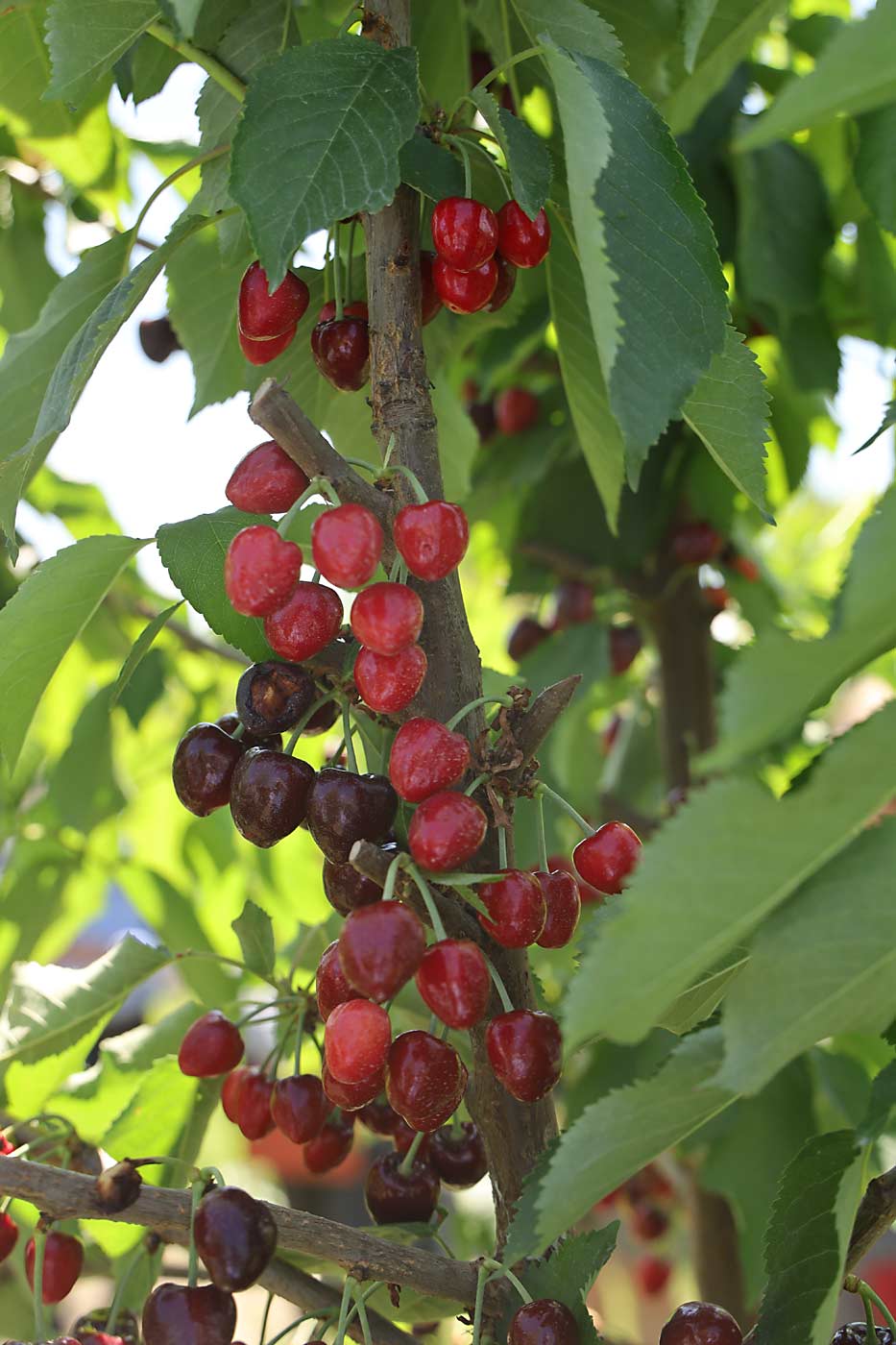
The hectic cherry harvest season has arrived in the Yakima Valley, and with it comes the best opportunity to scout for symptoms of the devastating little cherry disease: small, pale fruit that don’t ripen with the rest of the crop.
The week before harvest — or even during — crews should scout both sides of the tree for signs of lagging fruit and flag suspect branches for subsequent testing, according to research and extension experts from Washington State University. They hosted a field day June 14 in the Yakima Valley to highlight the best management strategies for X disease and ongoing research at an orchard beset by X disease pressure.
Little cherry disease is an umbrella term for several pathogens that can cause the namesake fruit symptoms. The current epidemic is driven by X disease, caused by a phytoplasma pathogen spread by leafhopper vectors.
The field day took place in a 2021 planting of Chelans that replaced a block removed due to X disease infection. Unfortunately, some of the young trees were already showing signs of infection.
That’s a cautionary tale of how to approach replanting, said WSU pathologist Scott Harper.
“The first thing you have to think about with your new planting is your environment. This was a high-pressure area,” even though the grower had removed several blocks, he said. “Yakima Valley is the worst spot in the state for X disease pressure, sorry folks. But it’s around wherever you go.”
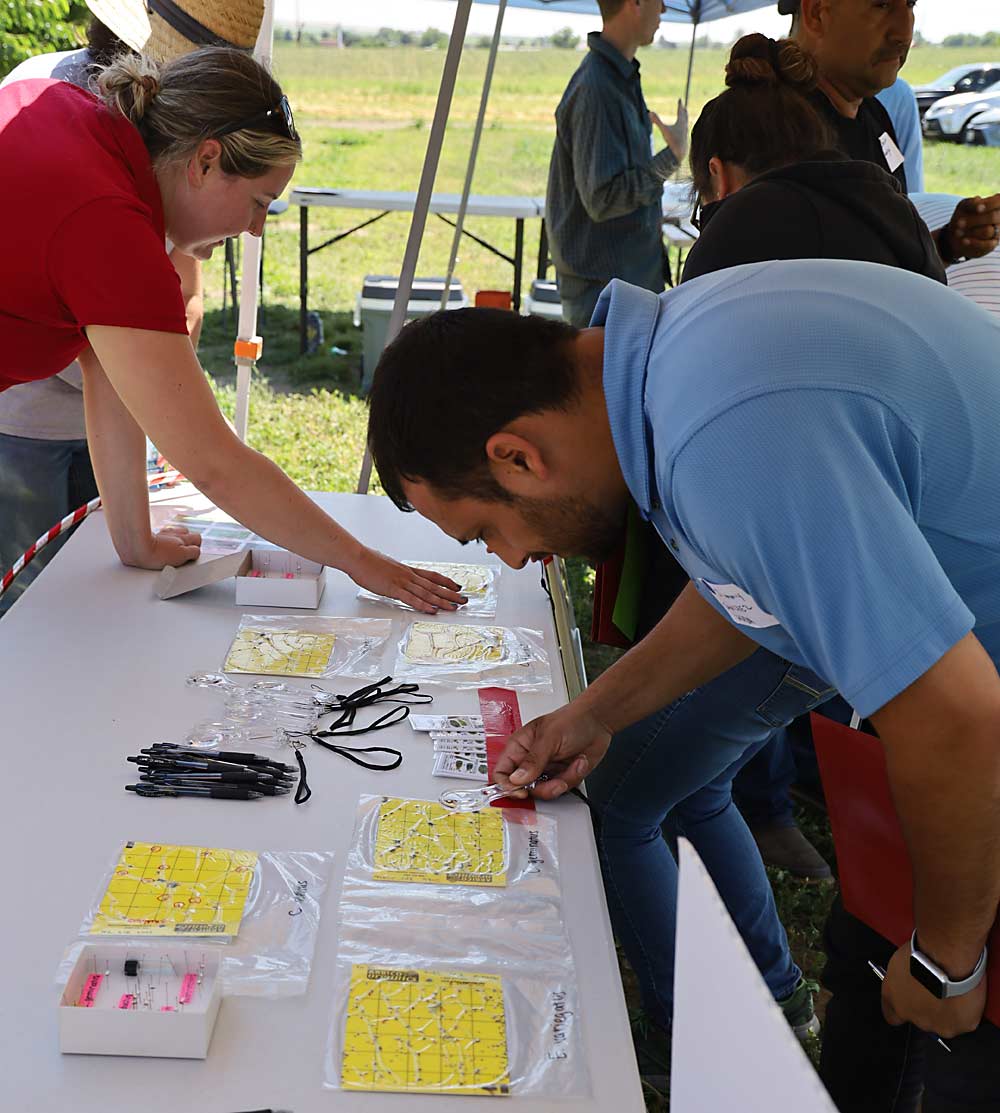
In a planting scenario, growers should also consider groundcover. Broadleaf weeds attract the leafhoppers that spread the disease, and perennials can even be a source of infection from year to year — though infected trees can harbor far more pathogen cells. But WSU research shows the leafhoppers can’t survive on grasses.
“You want a nice thick grass,” Harper said. “You are never going to kill them all, but you can reduce weeds and make the environment as unappealing to them as possible.”
Some growers have tried a “scorched earth” approach with herbicides, including at this particular site, but eventually weeds moved in, said Garrett Bishop of G.S. Long Co.
Growers planning to replant should also be aware that nursery trees can also be infected, Harper said.
“The disease takes two to three years to start showing symptoms, so we think some of these trees came in infected,” he said.
Currently, the state’s nursery producers are working with scientists and the Washington State Department of Agriculture to reduce the risk to the tree supply, said Benita Matheson with the WSDA. That effort focuses on the certified tree supply, but not all trees for sale are certified.
Harper recommended asking nurseries how they are managing for X disease risk. Nursery blocks should have similar weed and leafhopper control strategies as orchards.
Removing infected trees remains the best thing growers can do to reduce spread in their orchards, he said.
According to WSU, in blocks with known infections, trees that show symptoms should be flagged for removal as soon as possible after harvest. If growers want to send samples for lab testing, the recommendation is to take four cuttings of symptomatic fruiting wood, about 5 inches each. Remove leaves and fruit but leave the fruit stems, Harper said. Those samples can be packed together and kept cool to preserve the tissue.
The best time to collect samples for testing is from harvest through August, as that’s when the pathogen will be found at its highest concentration, Harper said.
Research is underway into early detection methods and phenology models to support more targeted leafhopper management.
—by Kate Prengaman

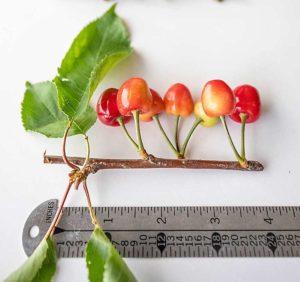
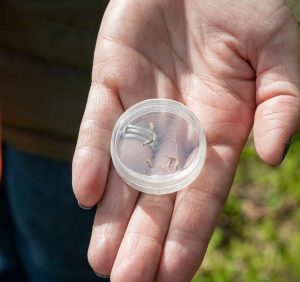
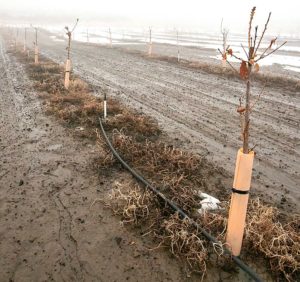





Leave A Comment